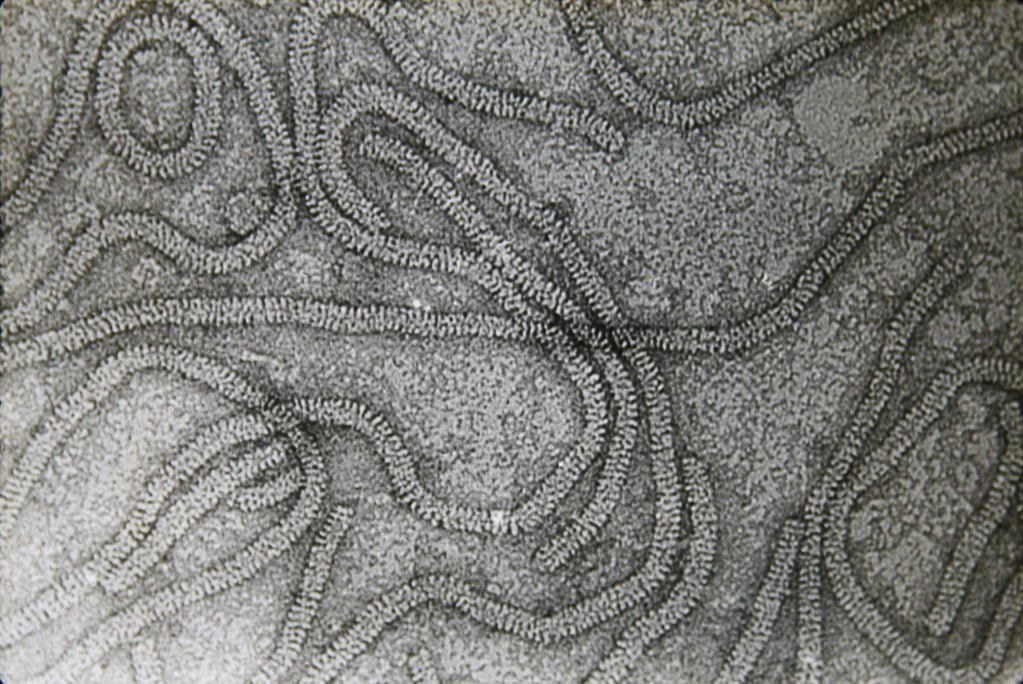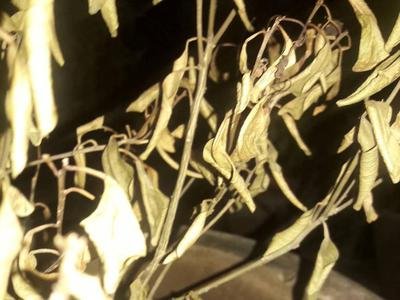Table of contents of the article
ToggleTristeza virus is a viral disease that infects citrus trees, including lemons, and causes significant tree deterioration. In this article from the “WORLD OF PLANTS” website, we discuss the symptoms of infection and effective prevention and control methods.
Causes of Tristeza virus
- Disease name: Tristeza virus
- Scientific name: tristeza
- Type of disease: viral
- Disease family: Closterovirus
Virus strains are transmitted tristeza Through the black aphid, by sucking the juice of the infected plant and transferring it to the healthy plant, and it can be transmitted through vaccination with materials contaminated with the virus. The disease can be detected in the laboratory by conducting an ELISA or PCR test.
Symptoms of Tristeza virus
Symptoms usually appear within 2-6 months. Leaves infected with Tristeza appear light green, yellowing of seedlings and the appearance of holes in the trunk and stem due to a lack of chlorophyll, and as the virus spreads, the leaves fall.
Tristeza virus development cycle
The Tristeza virus may spread rapidly and show its effect within days, or it may spread slowly and the tree remains infected for months to years. This is due to the severity of the infection and the availability of suitable conditions for the spread of the virus, as the black aphid loses its ability to transmit the disease within 24-48 hours.
Conditions suitable for the spread of the Tristeza virus
Tristeza symptoms appear most clearly during the hot summer months, as it needs (20-25) degrees Celsius to reproduce and spread rapidly.

Losses resulting from the spread of the Tristeza virus
A severe and rapid infection with the disease may lead to the death of the plant, while in the case of a minor infection, losses are less, as the virus may affect the quality and quantity of the fruits and the health of the plant in general.
Fighting the Tristeza virus
- Replace trees severely diseased by the virus with healthy, disease-resistant trees.
- Controlling aphids in nurseries to protect trees used as buds.
- Controlling aphids through pyritium and agricultural soap.
- Wash the plant with water to remove aphids.

Preventive measures Tristeza virus
- Use virus-free and resistant seedlings.
- Quarantine the plant infected with the virus from the rest of the field.
- Use virus-free buds.
- Monitor the field to avoid black aphid infestation.
- Sterilization of agricultural tools used in the field.
In conclusion, we would like to note that we, at the world of plants website, offer you all the necessary services in the world of plants, we provide all farmers and those interested in plants with three main services::-
- Artificial intelligence consulting service to help you identify diseases that affect plants and how to deal with them.
- Blog about plants, plant diseases and care of various crops ... You are currently browsing one of her articles right now.
- An application that provides agricultural consultations to clients, as well as a service for imaging diseases and knowing their treatment for free – Click to download the Android version from Google Play Store، Click to download the IOS version from the Apple App Store.
Sources:
Tristeza Disease Complex – UNIVERSITY OF CALIFORNIA AGRICULTURE AND NATURAL RESOURCES
Citrus tristeza disease (250) – lucidcentral
Citrus tristeza virus - plantix




